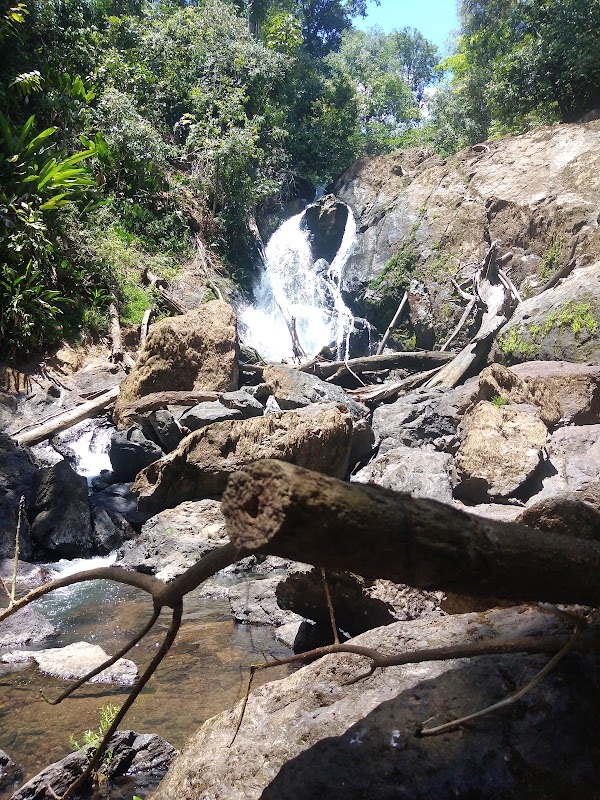Coastal Wildlife Encounters and Epic Hikes in Corcovado National Park
Corcovado National Park on Costa Rica’s Osa Peninsula offers intense coastal wildlife encounters combined with thrilling hiking routes through rugged rainforest terrain. Discover practical tips and detailed trail info for adventurers ready to engage with this fiercely wild environment.
Start Early to Avoid Heat and Afternoon Showers
Begin hikes before 7 a.m. to beat rising temperatures and reduce the risk of afternoon rains triggering slippery conditions.
Bring Ample Water and Electrolytes
Humidity and exertion demand hydration—carry at least 1 liter of water for every 2 hours of hiking and include electrolytes to stay balanced.
Wear Waterproof, Grippy Footwear
Muddy and slippery sections are common, so durable hiking boots with good traction are vital to avoid injury.
Respect Wildlife Distance
Wild animals here are unpredictable. Maintain distance and avoid sudden movements to create a safe experience for both you and the creatures.
Coastal Wildlife Encounters and Epic Hikes in Corcovado National Park
Corcovado National Park sprawls across Costa Rica’s Osa Peninsula, where untouched rainforest reaches out to the Pacific Ocean. This isn’t just any hike—here, the wild asserts itself with fierce presence. Trails wind through forest floors thick with leaves and roots, climb alongside rushing rivers eager to test your footing, and open onto rocky coves where the ocean breathes in and out relentlessly.
Start your journey at the Sirena Ranger Station, the park’s gateway to coastal adventure. The hike to Sirena is approximately 12 kilometers from La Leona Ranger Station, with an elevation change averaging around 200 meters—enough to challenge without overwhelming. The terrain varies between soft jungle soil, slippery rock slabs, and occasional muddy patches, calling for sturdy, grippy footwear.
Wildlife here holds no pretenses. Scarlet macaws boldly scream overhead, their colors slicing through the green canopy. Howler monkeys vocalize their presence with a growl that rolls across the hills. Crocodiles lie in shaded creeks, their eyes watching and waiting. The clever tapir may surprise you in quieter moments. Each step through this park is an engagement with life that refuses to be tamed.
Hydration is crucial—the humidity presses down like a weight. A liter of water per two hours is a smart baseline, with electrolytes if the sun finds you on exposed stretches. Early starts are best; the forest warms fast, and afternoon rains, a near-daily occurrence during wet months, command respect.
Climate shifts seasonally. The dry season (December to April) offers clearer trails and better river crossings, but the forest stays thick and slow to dry. Rain season (May to November) transforms trails; rivers swell, paths become more slippery, and the jungle pulses with increased wildlife activity. Both seasons carry rewards and risks, demanding preparation and flexibility.
Beyond Sirena, the coastline reveals hidden coves and beaches where the ocean and rainforest collide. These spots are ideal for a break, where you can watch shorebirds dart and waves swirl, feeling how the ocean insists on its place here.
Practical gear includes waterproof boots, a reliable rain jacket, insect repellent, and a compact first aid kit. Even though the nature is fierce, preparedness smooths the interaction.
Corcovado doesn’t ask for simple exploration—it demands engagement, respect, and a readiness for the unknown. Its trails and creatures challenge and reward in equal measure, making it one of Costa Rica’s premier destinations for coastal wildlife hiking adventure.
Nearby Trips
All Adventures
Boat Charters
Water Activities
Adventures near Puerto Jiménez
Discover the unique and memorable adventures that make Puerto Jiménez special.
Frequently Asked Questions
How difficult is hiking to Sirena Station from La Leona?
The hike covers about 12 kilometers with mixed terrain and moderate elevation changes. It requires good endurance and steady footing. Most hikers complete it in 6 to 8 hours with breaks.
What wildlife am I most likely to encounter on the coastal trails?
Look for scarlet macaws overhead, howler monkeys vocalizing the forest, colobus monkeys, and various reptiles near water. Tapirs and peccaries may appear in quieter areas.
Are there any safety concerns related to river crossings?
Rivers can rise rapidly, especially in the rainy season, sometimes turning crossings hazardous. Always check recent conditions, hike with guides when possible, and avoid crossing if currents look strong or water is murky.
Can I camp inside Corcovado National Park?
Yes, camping is permitted at designated ranger stations like Sirena with prior permits. Facilities are basic, so bring appropriate gear and enough food and water.
What cultural or historical elements are connected to the park?
The Osa Peninsula was historically home to indigenous groups before conservation efforts established the park. Local guides often share stories about traditional uses of plants and the region's transition towards preservation.
Are guided tours necessary for hiking Corcovado?
While some areas require guided access due to safety and conservation, parts of the park can be explored independently if you have good navigation skills and permits. Guides enhance wildlife spotting and safety.
Recommended Gear
Waterproof Hiking Boots
Protects feet from mud, slippery rocks, and wet conditions while offering good ankle support.
Hydration Pack or Water Bottles
Ensures you stay hydrated through long, humid hikes; consider packs with built-in filters for stream water if extended.
Lightweight Rain Jacket
Keeps you dry without overheating, adjustable for quick changes in weather.
Insect Repellent
Necessary to protect against mosquitoes and other biting insects that are common in the humid rainforest.
Local Insights
Hidden Gems
- "La Danta viewpoint, offering a quiet panorama away from main trails"
- "The freshwater pools near Playa Blanca, perfect for wildlife watching"
Wildlife
- "Ocelots stalking dense undergrowth"
- "Green sea turtles nesting on isolated beaches during nesting season"
History
"Corcovado’s establishment in 1975 aimed to preserve one of the largest remaining Pacific lowland rainforests in Central America, fundamentally reshaping the local approach to conservation and eco-tourism."

